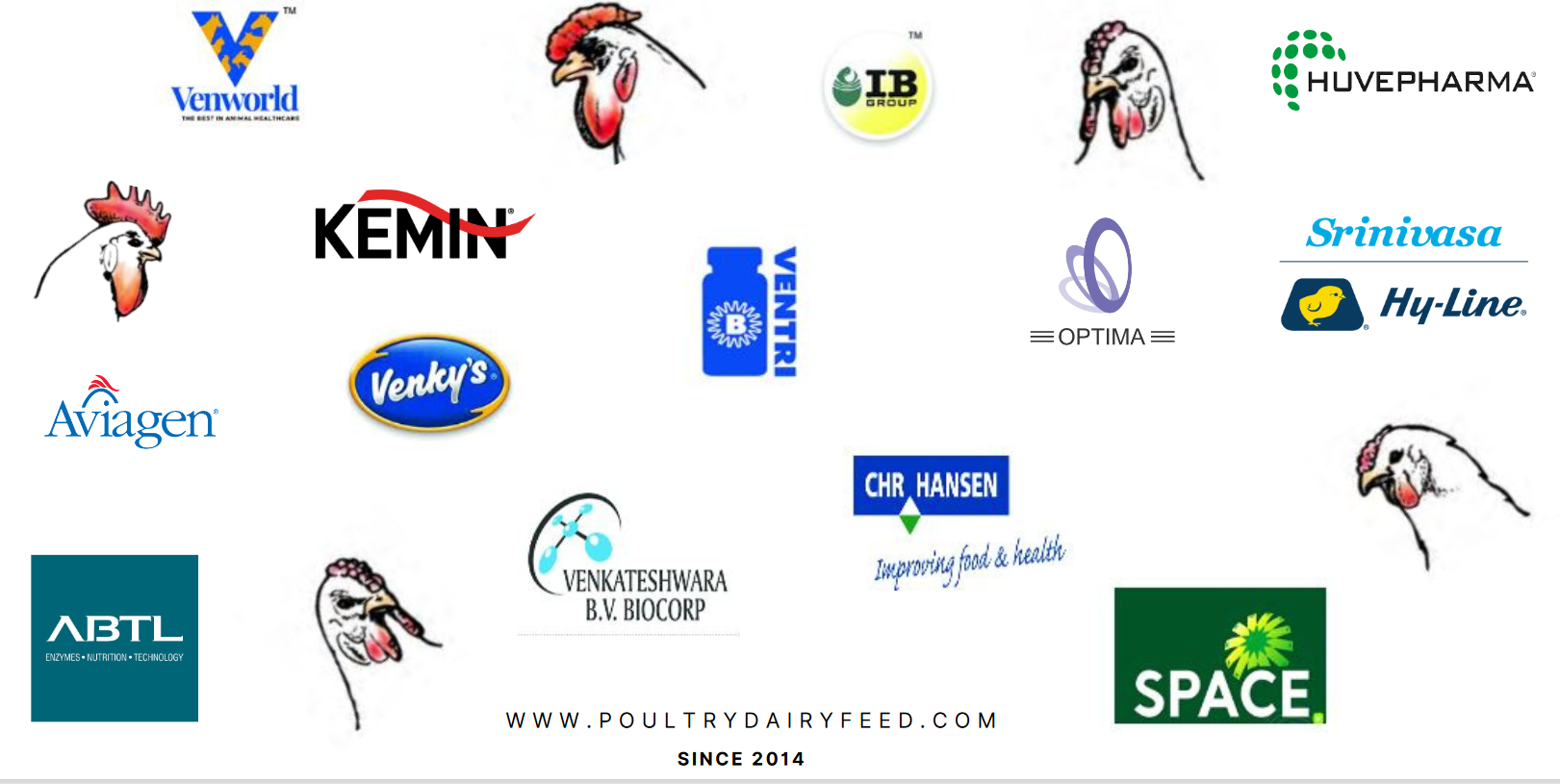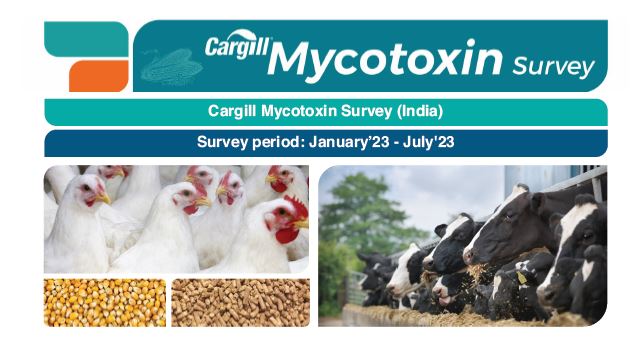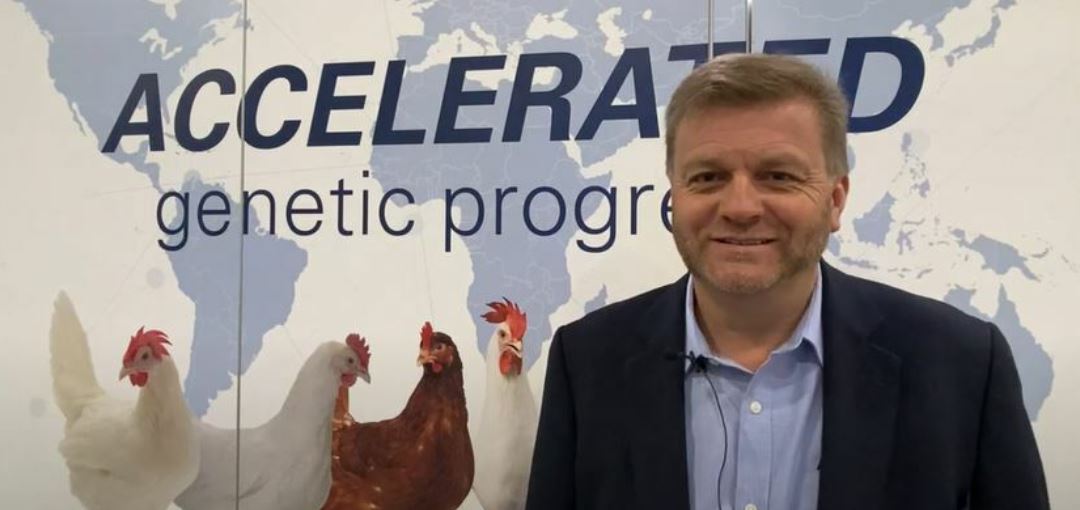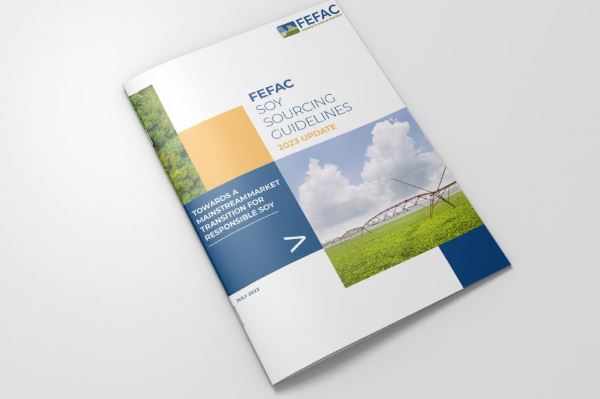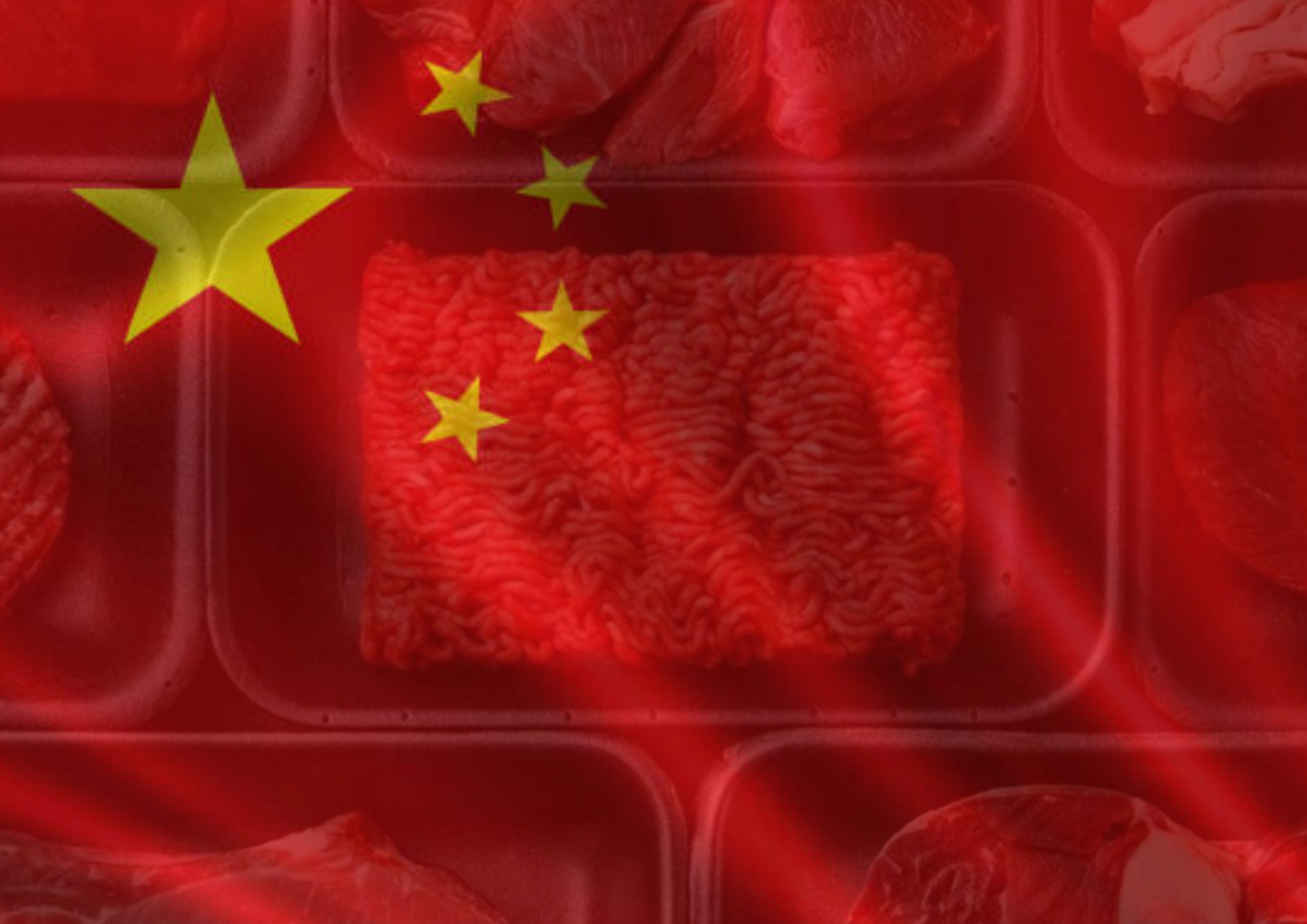Poultry feed production and cost are major issues faced by poultry industy in India. Raw ingredients, such as corn, soyabean, rice and their by-products: pea nut meal, DDGS, corn gluten meal are being used for the production of poultry feed. Due to the competitive pricing of raw material and their non availability in the market, sometimes lower quality feed ingredients are used in poultry feed production. These materials may be stored for longer periods and due to poor storage conditions, they may get contaminated with fungi, due to favourable conditions…
Month: August 2023
Why you should not miss the SPACE 2023 this time, if you are a Poultry Professional
“Exploring 11 Unmissable Avian Advancements: Navigating ‘THE SPACE’ in Poultry Innovation” via Innove SPACE 2023: AVICARE UNIVERSEL by Avicare by Dile AVICARE is an onboard disinfection system that acts on the wheels and the underbody of the vehicle to prevent the spread by road transport of livestock diseases (Avian Influenza, Salmonella, African Swine Fever, etc). Configuration, system control, traceability, program updating and maintenance use a mobile application available on Android smartphone/tablet coupled with a back office on a web pag 2. FLEXEVI PEMOL by Bayle An in-line poultry evisceration machine…
Protected: August 2023
There is no excerpt because this is a protected post.
Hy-Line: Investing in the future
A message from President Jonathan Cade The egg industry is a dynamic industry. I am constantly reminded and impressed by the resilience and innovation of the industry, as egg producers are always faced with challenges. The rise of Highly Pathogenic Avian Influenza over a wider range of the globe on the heels of the Covid pandemic has stretched producers to their limits. Welfare changes, as well as the drive for improved sustainabilty, sometimes at odds with each other, keep the industry “on its toes”. At Hy-Line, we are committed to…
FEFAC Soy Sourcing Guidelines 2023 Includes Conversion-Free Soy as Essential Criterion for European Feed Market
FEFAC announced the release of an updated version of the FEFAC Soy Sourcing Guidelines. The key change in this “2023 update” is that the criterion on the protection of natural ecosystems has become an essential requirement. This means that certification & verification schemes and programmes must ensure that the certified soy has not been cultivated in converted natural ecosystems (natural forest, native grasslands, wetlands, swamps, peatlands, savannas, steep slopes and riparian areas) in line with the definition of the Accountability Framework Initiative after a specific cut-off date no later than 31…
China remains the world’s largest Meat importer despite Recent Declines
China has been the world’s largest meat importer since 2019. Despite recent reductions in imported meat volumes, the country remains in the top spot. In 2022, China imported 43 percent more than the second largest meat-importing country, Japan. Issues such as disease, tougher laws addressing environmental issues, and an exodus of small-scale farmers have constrained China’s meat supply, boosting domestic prices and incentives to import. As China’s most consumed meat, pork tends to dominate its meat supply and demand. China surpassed Japan to become the top meat importer after an…

